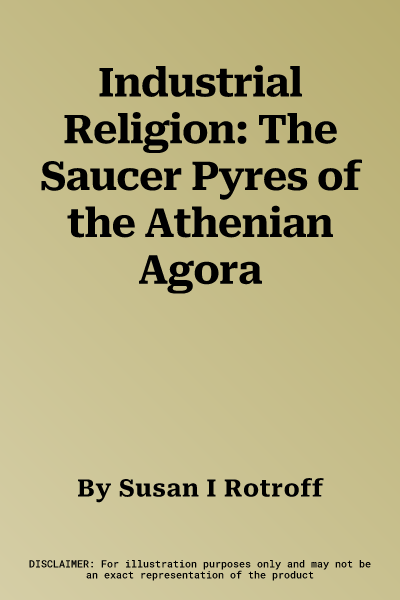Susan I Rotroff
(Author)Industrial Religion: The Saucer Pyres of the Athenian AgoraPaperback, 1 November 2013

Qty
1
Turbo
Ships in 2 - 3 days
In Stock
Free Delivery
Cash on Delivery
15 Days
Free Returns
Secure Checkout

Part of Series
Hesperia (Supplements)
Print Length
248 pages
Language
English
Publisher
American School of Classical Studies at Athens
Date Published
1 Nov 2013
ISBN-10
0876615477
ISBN-13
9780876615478
Description
Product Details
Author:
Book Format:
Paperback
Date Published:
1 November 2013
Dimensions:
27.94 x
21.59 x
1.52 cm
ISBN-10:
0876615477
ISBN-13:
9780876615478
Language:
English
Location:
Princeton
Pages:
248
Series:
Weight:
625.96 gm